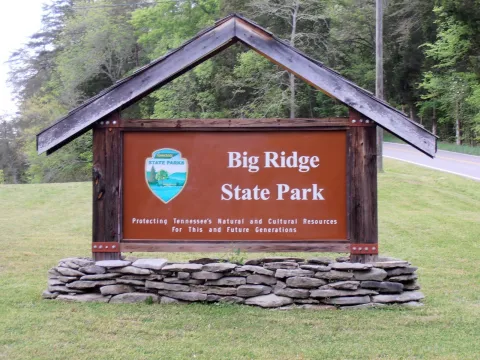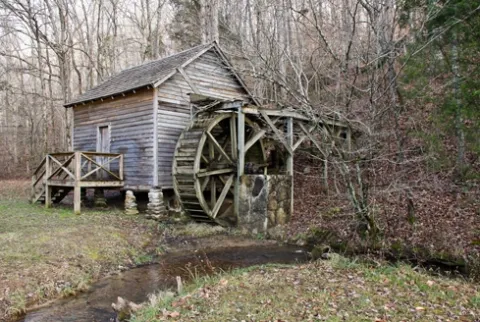Study Looks at Improvements to Big Ridge Park

Fourth District Commissioner Danny Cooke received unanimous support at the November Union County Commission meeting for his resolution to initiate an economic impact study looking at improvements to Big Ridge State Park.
Big Ridge State Park is arguably the most important place based economic asset in Union County. Tennessee’s tourism industry is our state’s No. 2 industry, contributing $19.3 billion in economic impact in 2017 and contributing more than $1.7 billion in state and local sales tax revenue to the state’s bottom line. Union County is currently ranked #86 out of 95 counties by Economic Impact of Tourism, generating only $6.89 million annually in direct tourism expenditures.
The economic success of Big Ridge State Park is reliant on investment in services and amenities. Such investments will lead both to more visitors and to higher per capita expenditures per visitor. The result of such investment will be higher revenues to the state and more jobs and income to residents in Union County.
Parks traditionally have not been evaluated in economic terms. The park is a facility, but it is only a shell. Merely providing a facility is no guarantee of economic success. Economic success is dependent on what happens inside the park. The last decade of experience at Big Ridge State Park clearly exemplifies this analogy. From FY09-10 to FY12-13, park visitation decreased by 45% or about 524,000 visitors. Using economic impact estimates from the 2009 Economic Impact study of Tennessee’s State Parks by the University of Tennessee, this resulted in an approximate direct revenue loss of $67 million with a corresponding economic multiplier loss of $142 million to the local, regional and state economy.
The current Big Ridge Park Manager, Keith Montgomery, and his staff are to be commended for recent improvements to Big Ridge State Park, reversing years of neglect and failure to maintain or modernize facilities, declining park visitation, park occupancy rates and park revenues. The impact of Park Manager Keith Montgomery's efforts and the potential economic benefit of state investment in Big Ridge State Park are exemplified in total park visitation numbers during 2016, when 1,627,061 visits (park visitation is a record of gate traffic only) were recorded making Big Ridge State Park the number three most visited state park in Tennessee.
Commissioner Cooke insisted that any improvements to the park not impact the current park structures built in 1936 by the Civilian Conservation Corps and that the park continue to market the charm and design of that time in a designated historic portion of the park. He also noted that the park should continue with its short term goals of improving the existing structures with modern amenities such as air conditioning, heat, broadband, restroom facilities, etc.. The proposed economic impact study by The University of Tennessee would look at improvements focused on the following six segments of consumers; Adventure Travelers, Ecotourism Seekers, Heritage Tourism, Corporate and Business Retreats, State of Tennessee Business, and Programming and Events.
Commissioner Cooke is also partnering with Martin Shafer, President of the Union County Business and Professional Association, and a number of concerned citizens to reestablish the Friends of Big Ridge State Park. In 1993, Tennessee passed legislation authorizing private, non-profit groups to organize for maintaining and enhancing the purposes, programs and functions of the state park system. These groups, more commonly known as Friends, are concerned citizens who have banded together to assist in protecting, preserving and promoting the beauty and the splendor of their favorite state park. They give selflessly of their time, talents and energy to help ensure the parks integrity is intact for future generations to enjoy.
Being home to Norris Lake, Big Ridge State Park, and Chuck Swan Wildlife Management Area, place based economic investment is fundamental to Union County's economic future.
- Log in to post comments
